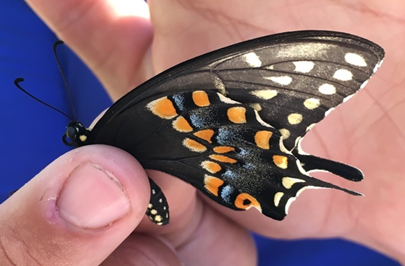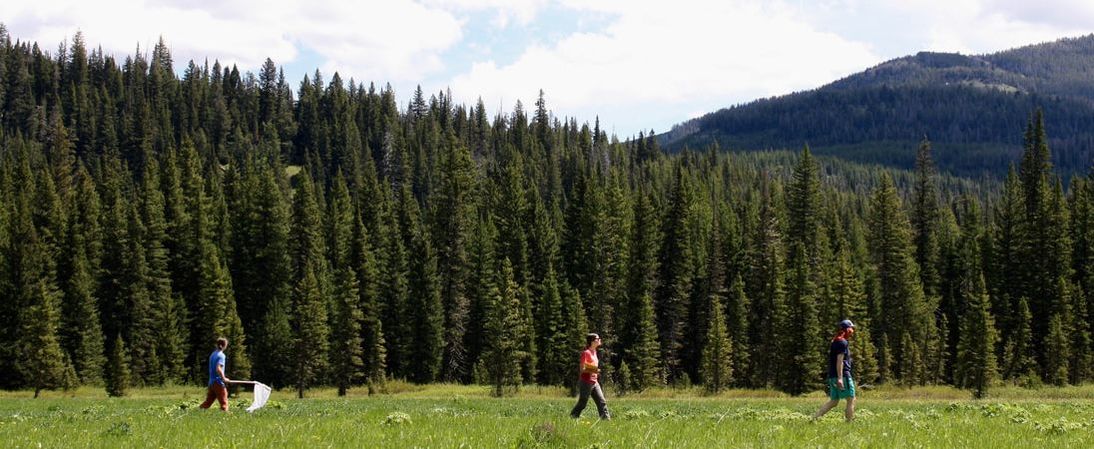CONSERVING BIODIVERSITY:
POLLINATORS
Butterflies are considered indicators of biodiversity. Although backcountry areas can be biodiversity hotspots, researchers are lacking data on butterflies in these remote areas. The data collected in this project detail butterflies’ abundance, diversity, and distribution in the wild. These data are used by land managers to inform conservation decisions on public lands.
This project was successfully completed in May 2020 after three years of observations. Dedicated volunteers recorded more than 4,000 wildflowers and more than 2,000 butterflies across the Western U.S.
Why Butterflies Matter
Butterflies comprise approximately 20,000 species globally. They serve as important biodiversity indicators for ecosystem health and provide food for many organisms such as migrating birds.

Black Swallowtail, PC: Zac Velarde

Collecting Data That Will Drive Change
![]() Adventure Scientists joined forces with the University of Arizona to establish the first large-scale backcountry dataset that identifies butterfly abundance, diversity, and distribution as well as host plant phases across remote portions of their ranges.
Adventure Scientists joined forces with the University of Arizona to establish the first large-scale backcountry dataset that identifies butterfly abundance, diversity, and distribution as well as host plant phases across remote portions of their ranges.
In our Western U. S. project, volunteers navigated to specific areas of study using maps and apps such as Gaia GPS. Once there, they used the iNaturalist app to upload photos of the butterflies and host plants that they observed.
Once the data is processed and compiled, public land managers use it to inform decisions about prescribed burning, protection of threatened species, and forest planning, among other actions.
Where Our Volunteers Collected Data
This map shows where Adventure Scientists volunteers recorded butterflies and host plants. Select the double arrows in the upper left corner to toggle the butterfly or wildflower layers and to view the legend. Click each point for details of the observation.
